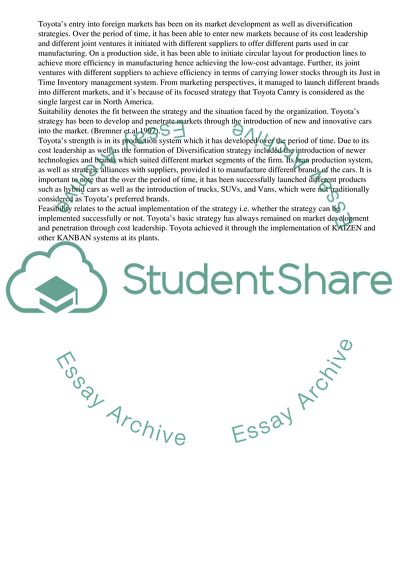Cite this document
(Suitability and Acceptability of Home Market Term Paper - 9, n.d.)
Suitability and Acceptability of Home Market Term Paper - 9. Retrieved from https://studentshare.org/management/1719835-strategic-management
Suitability and Acceptability of Home Market Term Paper - 9. Retrieved from https://studentshare.org/management/1719835-strategic-management
(Suitability and Acceptability of Home Market Term Paper - 9)
Suitability and Acceptability of Home Market Term Paper - 9. https://studentshare.org/management/1719835-strategic-management.
Suitability and Acceptability of Home Market Term Paper - 9. https://studentshare.org/management/1719835-strategic-management.
“Suitability and Acceptability of Home Market Term Paper - 9”, n.d. https://studentshare.org/management/1719835-strategic-management.


